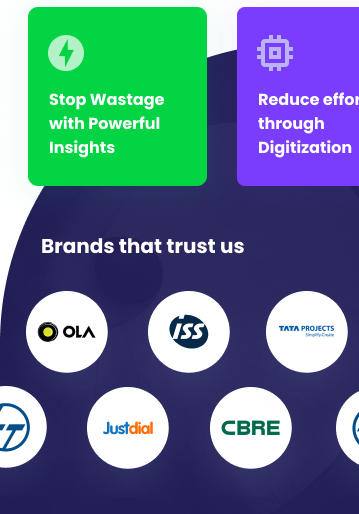In a rapidly evolving world where security, flexibility, and sustainability are key priorities, building access control systems are undergoing a significant transformation. No longer limited to simple RFID cards or physical key management, modern access control has become smarter, wireless, and deeply integrated with building management systems.
As commercial buildings grow more complex and connected, the future of access control lies in cloud-native, data-driven, and user-centric solutions that enhance safety while enabling operational agility.
🔐 Why Traditional Access Control Needs an Upgrade
Conventional access control systems—built around on-premise servers, wired connections, and static access permissions—are limited in scalability, visibility, and ease of use. They often require manual provisioning, are prone to security breaches due to outdated credentials, and offer little to no real-time monitoring.
In a world where remote work, flexible spaces, and sustainability matter more than ever, these systems simply don’t meet modern expectations.
🚀 What’s Shaping the Future of Access Control?
1. Cloud-Native & Wireless Architecture
The next generation of access control is cloud-native, offering real-time control and analytics through the cloud. Solutions like Enlite Enable eliminate the need for bulky server rooms and expensive wiring, replacing them with smart, wireless readers that can be installed quickly and scaled easily.
With the cloud, administrators can:
- Grant or revoke access remotely
- Track entry/exit logs in real-time
- Receive instant security alerts
- Manage multiple locations from one dashboard
This is a game-changer for distributed offices, tech parks, hospitals, hotels, and commercial towers.
2. Mobile-First and Contactless Access
Smartphones are becoming digital keys. Mobile-based access using apps, QR codes, or Bluetooth reduces physical touchpoints, enhances user experience, and minimizes security risks. With systems like Enlite Enable, users can enter buildings or rooms securely via mobile apps—without waiting for physical ID cards.
This not only enhances hygiene and convenience but also supports touchless workflows, which are essential in the post-pandemic workplace.
3. AI-Powered Insights & Access Analytics
Access control is no longer just about “who got in.” It’s about how, when, and why. Modern systems use AI and machine learning to detect unusual patterns—like multiple failed attempts or access outside working hours—and send automatic alerts.
This kind of proactive security reduces human dependency and boosts overall safety across facilities.
4. Integration with Building Management Systems (BMS)
Future-ready access control doesn’t operate in isolation. It’s interoperable—integrated seamlessly with other smart building systems like HVAC, energy management, lighting, and IAQ monitoring.
For example, with Enlite Enable integrated into your Know Your Building® BMS, access data can help optimize energy use (e.g., switching off lights in unused zones), improve occupant comfort, and enable secure, automated visitor management.
5. Role-Based & Adaptive Access
Access is becoming more dynamic and personalized. Employees, vendors, and guests can have different levels of access based on roles, schedules, or behavioral data. This adaptive approach ensures that security policies evolve with organizational needs—reducing risks without adding friction.
6. Scalability for Growing Infrastructure
Whether it’s a co-working chain, hospital network, or multi-location enterprise, modern access control solutions are built to scale. Wireless architecture, OTA (Over-the-Air) updates, and cloud control make it possible to add, modify, or replicate systems effortlessly across buildings and cities.
🏢 A Real-World Glimpse: Enlite Enable
At the forefront of this future is Enlite Enable—a smart, wireless, cloud-native access control solution that empowers businesses to:
- Offer mobile-based and RFID access
- Enable real-time entry logs and alerts
- Customize role-based permissions
- Integrate seamlessly with their BMS stack
- Manage access across hundreds of locations via a centralized platform
It’s secure, scalable, sustainable—and built for tomorrow’s buildings.
🌱 Future-Proofing Security & Sustainability
Access control is no longer just about doors and barriers—it’s a core pillar of digital transformation in commercial real estate. The future lies in systems that are not only secure but also support smarter energy usage, better space management, and more meaningful data.
By investing in cloud-native access control solutions today, organizations prepare themselves for a future that is safer, smarter, and more sustainable.
🔓 Want to Upgrade Your Access System?
Get in touch with us today for a demo of Enlite Enable and see how next-gen access control can future-proof your building.














